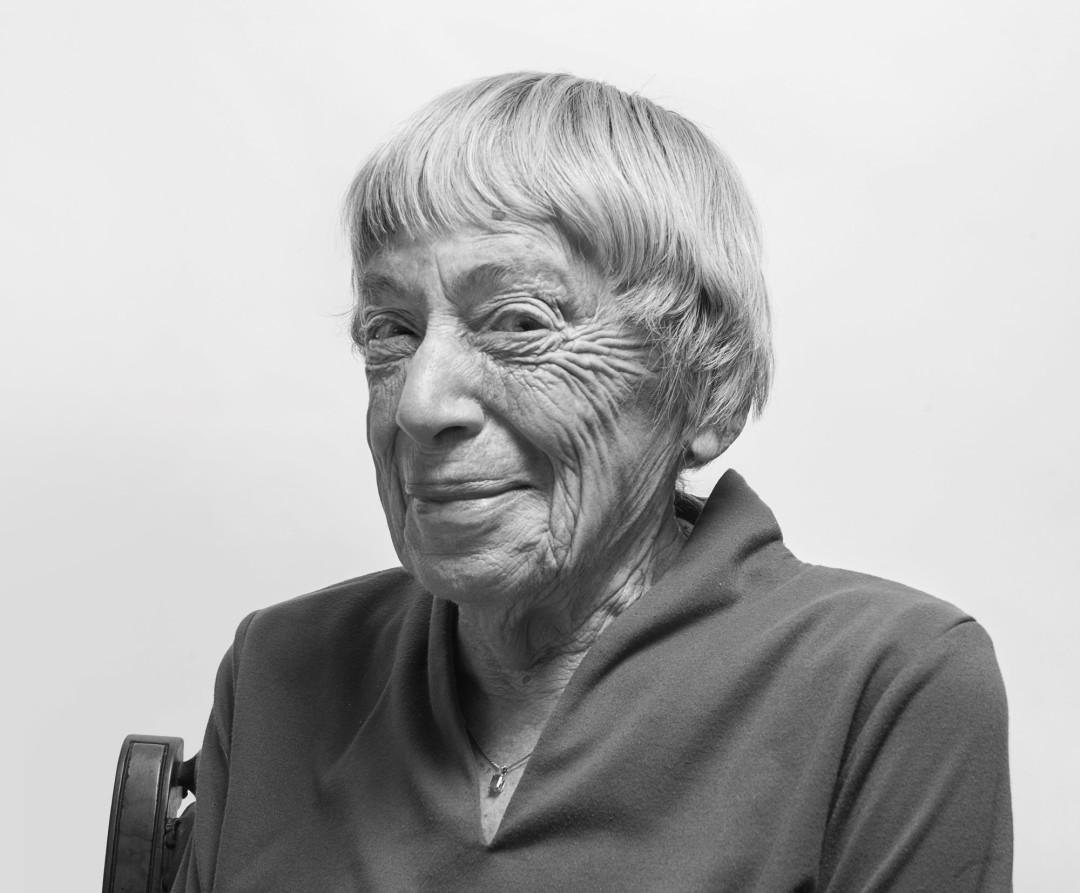In June 2004, Ursula K. Le Guin presented a speech on fantasy at the Children’s Literature Breakfast. She spoke about frequent assumptions–or rather, misconceptions–about fantasy, and spells them out and deconstructs them below. For the full, original speech see Le Guin’s website here.
Some assumptions are commonly made about fantasy that bother me. These assumptions may be made by the author, or by the packagers of the book, or both, and they bother me both as a writer and as a reader of fantasy. They involve who the characters are, when and where they are, and what they do. Put crudely, it’s like this: in fantasy, 1) the characters are white, 2) they live sort of in the Middle Ages, and 3) they’re fighting in a Battle Between Good and Evil.
Assumption 1: The characters are white. Even when they aren’t white in the text, they are white on the cover. I know, you don’t have to tell me about sales! I have fought many cover departments on this issue, and mostly lost. But please consider that “what sells” or “doesn’t sell” can be a self-fulfilling prophecy. If black kids, Hispanics, Indians both Eastern and Western, don’t buy fantasy — which they mostly don’t — could it be because they never see themselves on the cover?
I have received letters that broke my heart, from adolescents of color in this country and in England, telling me that when they realized that Ged and the other Archipelagans in the Earthsea books are not white people, they felt included in the world of literary and movie fantasy for the first time. Worth thinking about?
Assumption 2: Fantasy Land is the Middle Ages. It isn’t. It’s an alternate world, outside our history, as its map isn’t on our map. It may resemble mediaeval Europe in being preindustrial — but that doesn’t justify its having no economics and no social justice. Nor does it explain why nobody there ever feeds or waters their horses, which run all day and night just like a Prius. The best send-up ever of this fifth-hand Tennyson setting is Monty Python’s “Holy Grail,” where horses are replaced with coconuts. Whenever I find a fantasy that is set in a genuinely imagined society and culture instead of this lazy-minded, recycled hokum, I feel like setting off fireworks.
Assumption 3: Fantasy by definition concerns a Battle Between Good and Evil. This is the one where the cover copywriters shine. There are lots of fantasies about the Battle Between Good and Evil, the BBGE, sure. In them, you can tell the good guys from the evil guys by their white hats, or their white teeth, but not by what they do. They all behave exactly alike, with mindless and incessant violence, until the Problem of Evil is solved in a final orgy of savagery and a win for the good team.
Many fantasy movies and most interactive games go in for the BBGE, which partly explains the assumption about books. And it’s true that in fantasy, character is often less important than role (also true of Greek tragedy and much of Shakespeare, where role and character can be the same thing). Carelessly read, such stark stuff may appear to be morally simplistic, black-and-white. Carelessly written, that’s what it is. But careless reading of genuine fantasy will not only miss nuance, it will miss the whole nature and quality of the work.
This is what’s happened over and over to The Lord of the Rings — even in the film version, where, though Tolkien’s plot is followed faithfully and the Ring is destroyed, the focus on violent action and the interminable battle scenes overshadow, and perhaps fatally reduce, the moral complexity and originality of the book, the mystery at its heart.
As for my stuff, how anybody can call it a Battle Between Good and Evil is beyond me. I don’t write about battles or wars at all. It seems to me that what I write about — like most novelists — is people making mistakes and people — other people or the same people — trying to prevent or correct those mistakes, while inevitably making more mistakes.
Immature people crave and demand moral certainty: This is bad, this is good. Kids and adolescents struggle to find a sure moral foothold in this bewildering world; they long to feel they’re on the winning side, or at least a member of the team. To them, heroic fantasy may offer a vision of moral clarity. Unfortunately, the pretended Battle Between (unquestioned) Good and (unexamined) Evil obscures instead of clarifying, serving as a mere excuse for violence — as brainless, useless, and base as aggressive war in the real world.
I hope that teenagers find the real heroic fantasies, like Tolkien’s. I know such fantasies continue to be written. And I hope the publishers and packagers and promoters and sellers of fantasy honor them as such. While fantasy can indeed be mere escapism, wish-fulfillment, indulgence in empty heroics, and brainless violence, it isn’t so by definition — and shouldn’t be treated as if it were.
Fantasy is a literature particularly useful for embodying and examining the real difference between good and evil. In an America where our reality may seem degraded to posturing patriotism and self-righteous brutality, imaginative literature continues to question what heroism is, to examine the roots of power, and to offer moral alternatives. Imagination is the instrument of ethics. There are many metaphors beside battle, many choices besides war, and most ways of doing good do not, in fact, involve killing anybody. Fantasy is good at thinking about those other ways. Could we assume that it does so?
*Image of Ursula K. Le Guin via Portland Monthly
